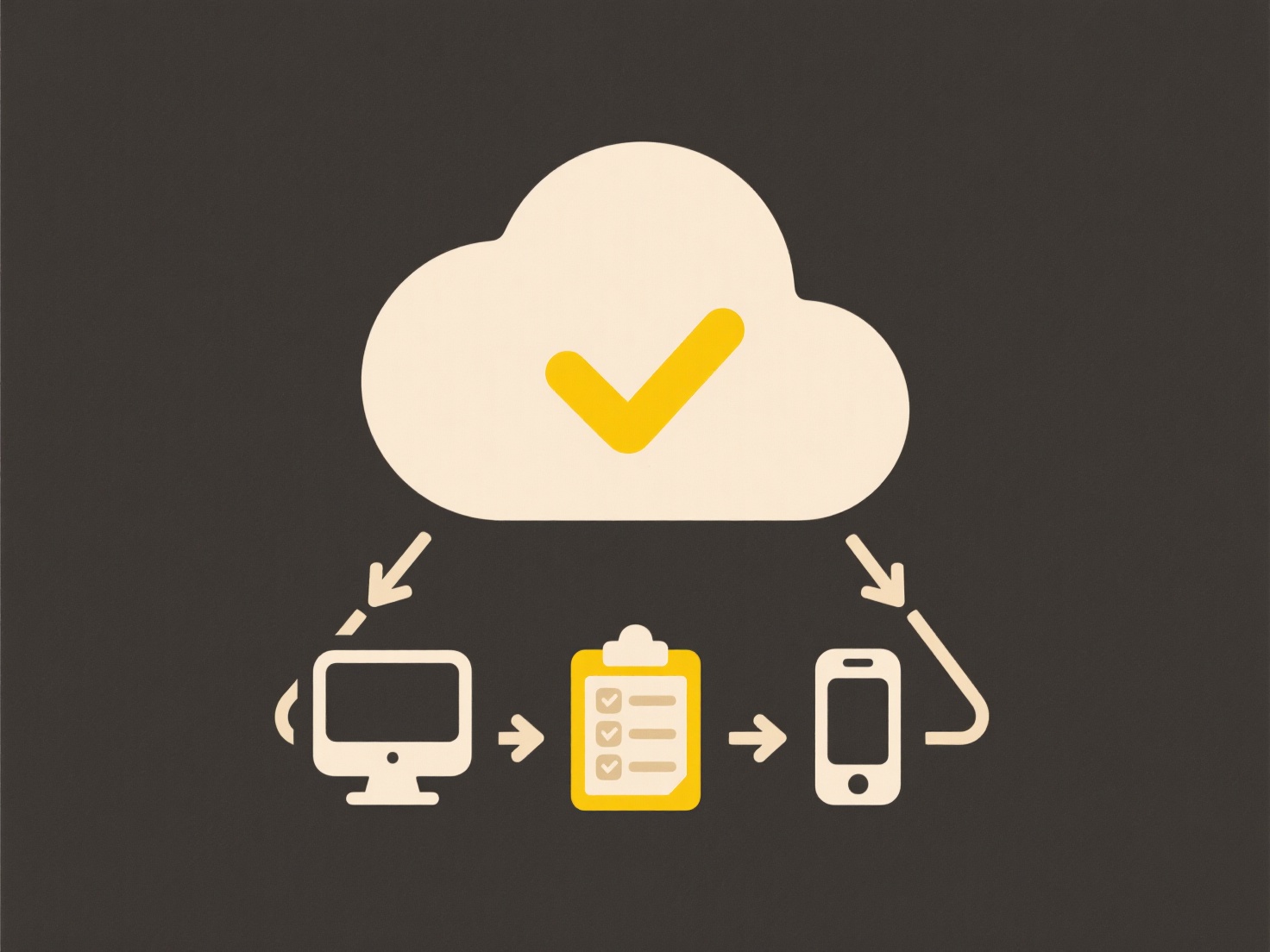
Permission inheritance automatically applies access rights from parent objects like folders to their child items like files. It differs from explicit permission assignments by creating a cascade effect where changes made at the parent level automatically update all children. Preventing this inheritance breaks that chain, requiring administrators to manually define unique permissions for the child object instead of automatically copying them.
This is commonly applied in cloud platforms and enterprise systems. For example, SharePoint administrators block permission inheritance for specific document libraries containing confidential financial reports to override the department site's general access rules. System administrators may also prevent inheritance on a restricted subfolder within a shared departmental drive on Windows Server to isolate contract data from broader team permissions.

Blocking inheritance offers precise security control but significantly increases management overhead, as each child object must now be managed individually instead of centrally from the parent. This requires careful documentation to prevent inconsistencies or unintended access gaps. Ethically, it ensures sensitive data is only accessible to authorized personnel, though improperly configured custom permissions can accidentally lock out legitimate users, potentially disrupting workflows. Automated tools increasingly aid in auditing these custom permissions.
How do I prevent permission inheritance?
Permission inheritance automatically applies access rights from parent objects like folders to their child items like files. It differs from explicit permission assignments by creating a cascade effect where changes made at the parent level automatically update all children. Preventing this inheritance breaks that chain, requiring administrators to manually define unique permissions for the child object instead of automatically copying them.
This is commonly applied in cloud platforms and enterprise systems. For example, SharePoint administrators block permission inheritance for specific document libraries containing confidential financial reports to override the department site's general access rules. System administrators may also prevent inheritance on a restricted subfolder within a shared departmental drive on Windows Server to isolate contract data from broader team permissions.

Blocking inheritance offers precise security control but significantly increases management overhead, as each child object must now be managed individually instead of centrally from the parent. This requires careful documentation to prevent inconsistencies or unintended access gaps. Ethically, it ensures sensitive data is only accessible to authorized personnel, though improperly configured custom permissions can accidentally lock out legitimate users, potentially disrupting workflows. Automated tools increasingly aid in auditing these custom permissions.
Quick Article Links
Can I deduplicate across shared cloud accounts?
Deduplication across shared cloud accounts involves identifying and eliminating duplicate data stored in separate but re...
Should I use underscores or dashes in file names?
Should I use underscores or dashes in file names? Generally, both underscores ( _ ) and hyphens/dashes ( - ) are widel...
Can I export a file with collaborator comments included?
Collaborator comments refer to annotations, feedback, or threaded discussions added by others within a shared document o...